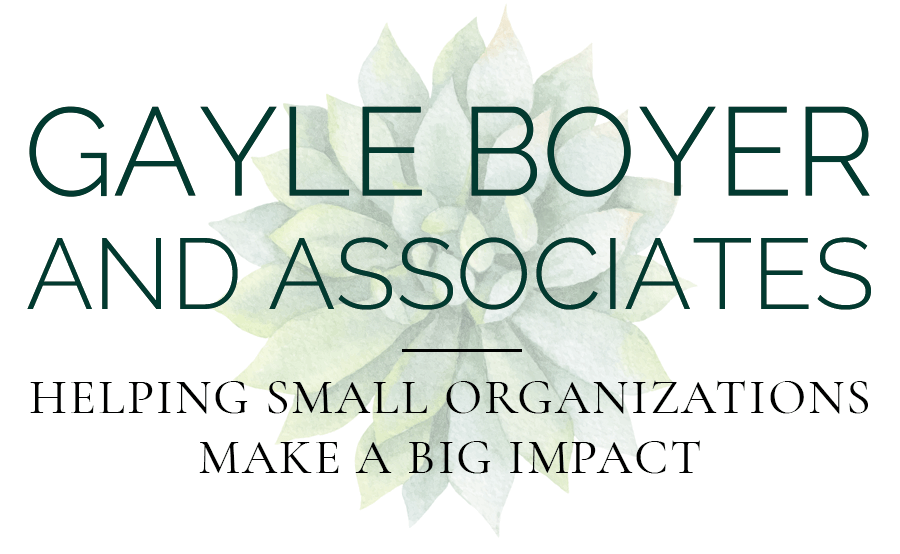Have you ever searched fruitlessly for a document you know you finished last month but can’t find today? Or found yourself re-creating a report from scratch based on a photocopy of last year’s document because that’s the only version you can locate? Or discovered, two months after a key employee has left, that no one knows how they did X or where to find Y? Not only are these situations frustrating and time-consuming, they can have a significant long-term impact on your organization’s effectiveness.
There is a solution. Knowledge Management (KM) can provide an integrated system to gather, store and share knowledge through your organization.
What is Knowledge Management?
A knowledge management system is like a Builder’s Guide for a Lego set: it helps you identify all the various pieces and parts, and how they fit together. The key pillars of KM are:
- people, who generate and apply their knowledge
- processes which capture, store, organize, and distribute knowledge
- information, which are the pieces of facts and data that people convert into and apply as knowledge.
A solid KM system helps everyone within an organization to make more informed, faster and ultimately more profitable decisions:
- Increased efficiency and decreased frustration among your employees means less time spent reinventing wheels.
- A culture that promotes collaboration and sharing knowledge makes better use of scarce subject matter experts (SMEs) and their valuable knowledge.
- Increased collaboration and idea generation empowers staff to do more with their augmented knowledge.
Where to start?
There’s a rapidly growing industry around knowledge management, with expert consultants, expensive software solutions, and elaborate policies and procedures. For a tiny nonprofit or solopreneur, these resources may not be feasible or even appropriate, but there are some steps you can take to store, grow, and share knowledge more effectively within your organization. Here are a few suggestions to get you started:
- Clearly defined goals and metrics are key for any knowledge management plan. Identify a few goals and then set aside time during regular staff meetings, even if it’s just 1o minutes, for staff to share their learning.
- Begin to build written processes by identifying one or two key tasks for each staff member, and either document or cross-train one other person (ideally both).
- Understand the most efficient flow of information in your organization, and be strategic in determining how to organize document storage to support knowledge sharing. As a starting point, setting up a clear structure and consistent naming convention for your folders and files.
Potential Challenges
In developing a knowledge management system, here are some challenges and solutions to keep in mind:
- Some employees may want to protect their knowledge or feel uncomfortable learning from peers. Reinforcing a culture of collaboration and shared knowledge will help to overcome this.
- Balancing security versus accessibility should be part of the planning. Make sure that everyone has access to the right information, while protecting more confidential or sensitive information.
- Implementation can feel overwhelming and expensive. Having external support and consultation will help you avoid making time consuming and costly missteps.
First Steps
Creating a knowledge management system to store, grow and share knowledge doesn’t need to be high-tech, and will allow your organization to become more efficient and your team to be less frustrated and more productive. Need help? Take advantage of my free 30 minute consultation to talk through your specific needs.
